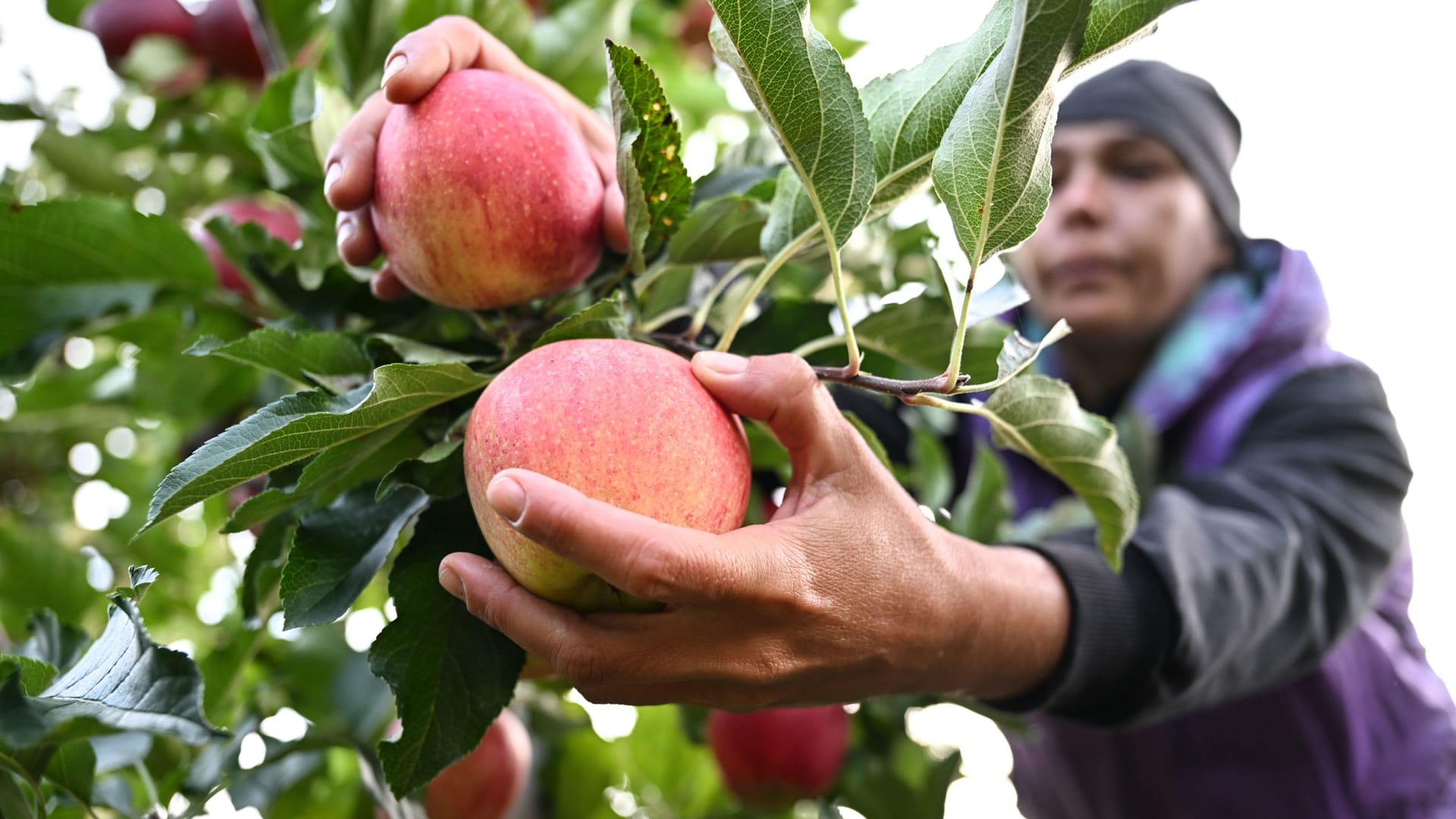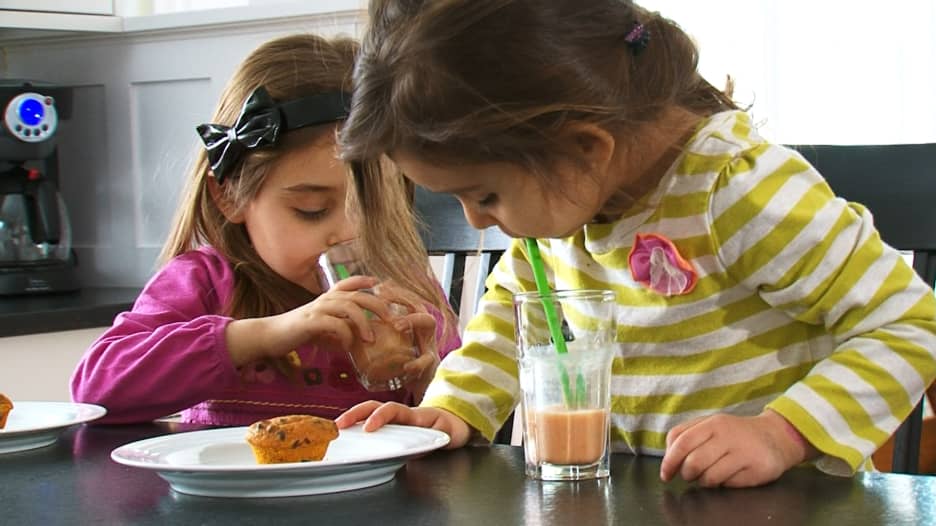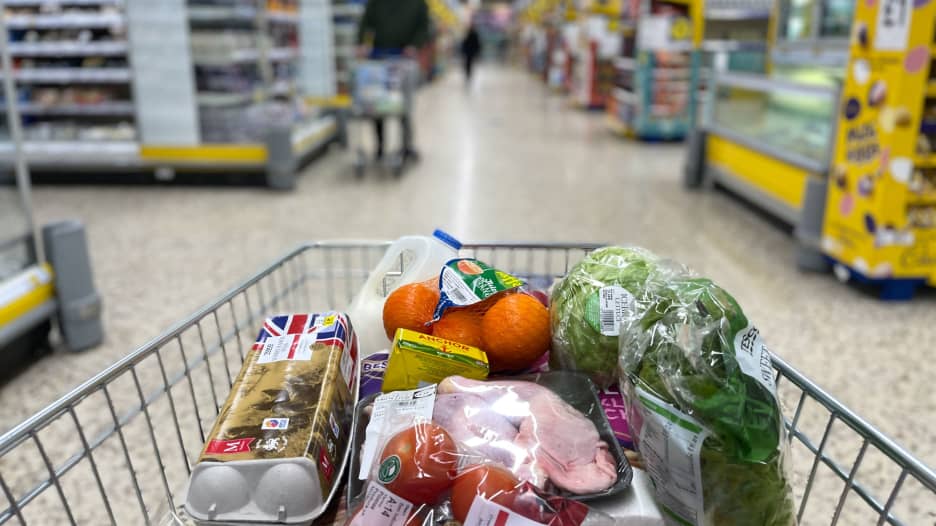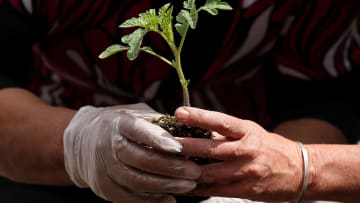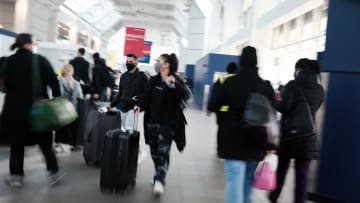دبي، الإمارات العربية المتحدة (CNN)-- لطالما دعا المزارعون المحليون ومؤيدوهم إلى تناول الطعام الموسمي، وهي رسالة يسهل تطبيقها.
لكن هل تساهم خيارات الطعام الشخصية هذه، بعلاج كوكبنا المريض؟
الجواب معقّد، ويعتمد على الطعام المعني تحديدًا.
وبيّنت دراسة مدعومة من الأمم المتحدة تعود للعام 2021، أن طريقة إنتاجنا للأغذية، ومعالجتها، وتعبئتها مسؤولة عن أكثر من ثلث انبعاثات غازات الاحتباس الحراري الناجمة عن النشاط البشري.
وأكدّت دراسة جديدة استكشفت البصمة الكربونية (انبعاثات غازات الاحتباس الحراري) لأنماط الأكل الآخذة بالتطور لدى الأمريكيين أن جهودنا بالتسوّق، وتناول الطعام بشكلٍ أفضل لم تذهب سدى.
وقالت كلير باسي، المؤلفة المشاركة بالدراسة، إن الخبر السار "حدوث تغييرات في النظام الغذائي بالفعل".
وعلى مدار 15 عامًا، انخفض استهلاك لحوم البقر في الولايات المتحدة بنسبة 30%، فيما أدت التغييرات الجماعية في عادات الأكل لدى جميع الفئات السكانية إلى انخفاض انبعاثات غازات الاحتباس الحراري بنسبة 35%، وفقًا لما ذكرته الدراسة.
القيام بالمهمة
ويتواجد ادعاء شائع بين مناصري حركة الغذاء المحلي ينص على أنّ تقليل "أميال الطعام"، أي المسافة التي يقطعها طعامنا من المزرعة إلى الطبق، قد تساعد أيضًا في مكافحة تغيّر المناخ.
ولكن في تقريرٍ يعود لعام 2020، وصفت هانا ريتشي، رئيسة الأبحاث في "Our World in Data"، هذا الادعاء بأنه "إحدى النصائح الأكثر تضليلًا".
ويُمثّل استخدام الأراضي، وانبعاثات مرحلة الزراعة، ضمنًا استخدام الأسمدة، وإنتاج الميثان في معدة الماشية، أكثر من 80% من البصمة الكربونية لغالبية الأطعمة.
وتُعتبر عملية نقل الأطعمة مسؤولة عن أقل من 10% من تأثير الكربون النهائي.
وتحدث غالبية انبعاثات الطعام المتبقيّة أثناء المعالجة، والتعبئة، والبيع بالتجزئة.
وكتبت ريتشي في التقرير: "لن يكون لتناول الطعام المحلي أي أثر كبير، إلا إذا كانت عملية النقل مسؤولة عن حصة كبيرة من البصمة الكربونية النهائية للغذاء"، مؤكدةً أنّ "هذا ليس هو الحال بالنسبة لغالبية الأطعمة".
غيّر ما تأكله
ورأى العلماء والنشطاء أن الجهد المبذول من الأفراد لوقف الآثار الكارثية على المناخ غير كاف، وأكدوا على أن السياسات العالمية، التي تُحمّل الصناعة المسؤولية لدورها في الأزمة، ضرورية لمعالجة مدى هول المشكلة.
ولكن لا يعني ذلك أنّ المستهلكين لا يمكنهم المساهمة، إذ قالت باسي: "يمكن أن تتمتّع التغييرات الصغيرة في المنزل بأثر إيجابي كبير".
وبهدف التخفيف من تغيّر المناخ، فإن أهم ما يمكننا القيام به على مائدة الطعام يتمثل بتناول كميات أقل من اللحوم، ومنتجات الألبان، وإضافة مجموعة متنوعة من البدائل النباتية الصحية.
وشدّدت باسي، وخبراء آخرون، على أنه من المهم للمستهلكين فهم أن ما نأكله أكثر أهمية من أصل الطعام، وكيفية وصوله إلينا، وذلك عندما يتعلق الأمر بمحاولة تقليص بصمتنا الكربونية.
التقليل من نفايات الطعام
وهناك طريقة عمليّة أخرى للسيطرة على بصمتنا الكربونية، قوامها التقليل من هدر الطعام.
وينتج المزارعون طعامًا أكثر ممّا نحتاج إليه بكثير، ويتم التخلص من 30% إلى 40% ممّا ينتجونه تقريبًا، وفقًا لمجلس الدفاع عن الموارد الطبيعية.
وتُعتبر كلفة هذا الأمر باهظة، إذ تُهدر اليابسة، والماء، والعمالة، والطاقة، والموارد القيّمة الأخرى.
أهميّة التنوّع
وأكدّ العلماء أن التنوع الكبير في الحياة النباتية والحيوانية ضروري للحفاظ على نظام بيئي متوازن وصحي.
وتُعد الزراعة الأحادية، أي زراعة فصيلة واحدة ذات جينات متطابقة في الحقل ذاته، مسؤولة عن الكثير من المنتجات الموحّدة المتاحة لنا على مدار العام في محلات "السوبرماركت".
ورُغم تمكين هذا النوع من الزراعة من إنتاج كميات ضخمة من المحاصيل، وبثمن رخيص، وبشكلٍ مستمر، إلا أن ذلك يؤدي إلى تدمير التنوّع البيولوجي.
وقالت روني نيف، الأستاذة المساعدة في الصحة، والهندسة البيئية بكلية "بلومبيرغ" للصحة العامة في جامعة "جونز هوبكنز" إنّ "البشر فقدوا الكثير من التنوع البيولوجي في إمداداتهم الغذائية، وركّزوا على عدد قليل من الفاكهة، والخضار التي يفضلونها، ويستمرون بالعودة إليها"، مضيفة أن "سوق المزارعين مكان رائع لأخذ العينات، وتجربة الكثير من الأشياء التي لم يسبق اختبارها".

